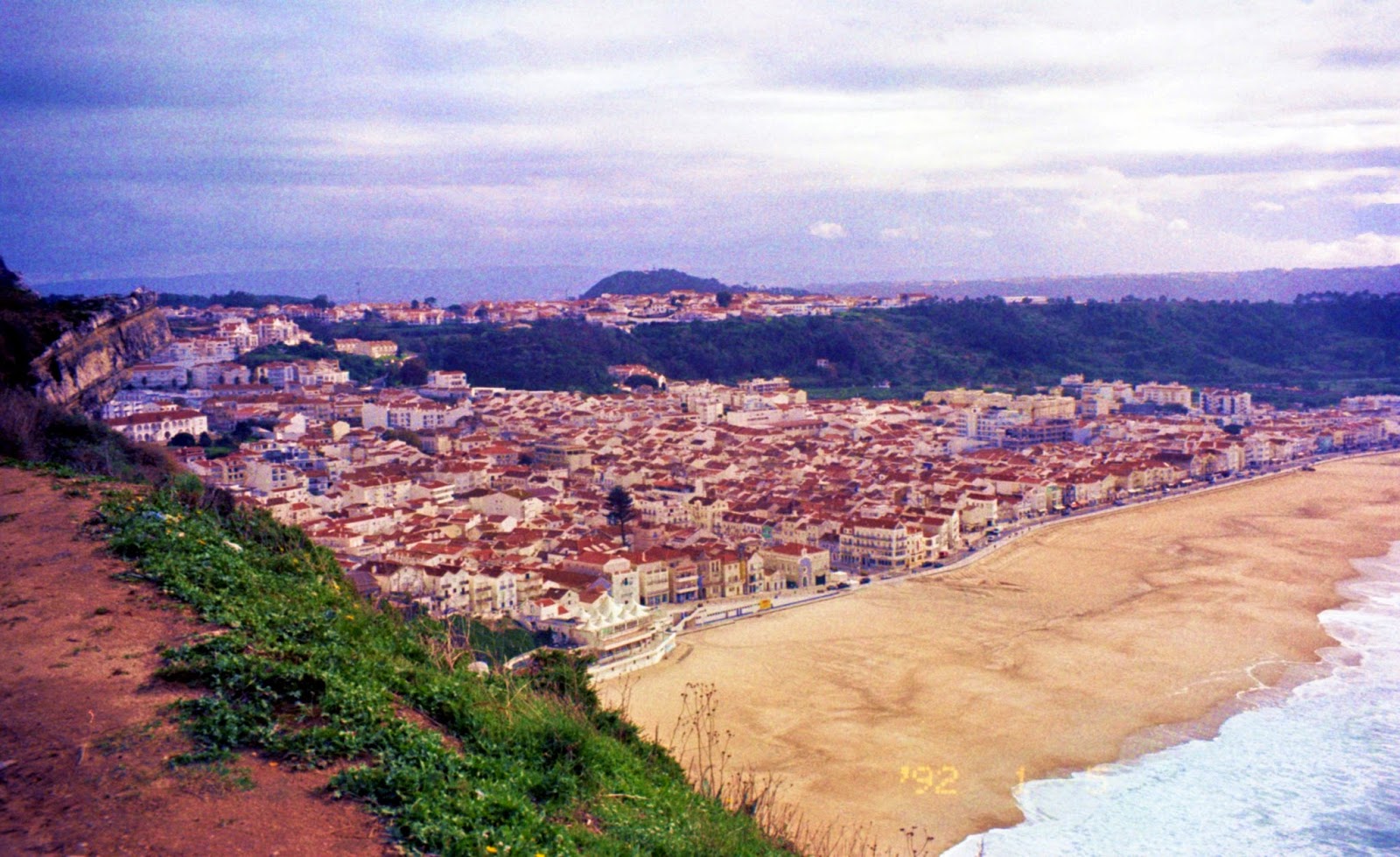Since I am doing C-41, and after many experiments, I adopted Dignan's 2-bath developer as the most practical and cheap method to get acceptable negatives. I had to fight 2 main enemies, the surge marks and grain. The surge marks were defeated by adopting the right agitation of the tank. This consists in inclining the tank and turning it very slowly some 5 times per minute during the second bath. The first bath is not important, just stir to ensure that the CD4 soaks the film, a pre-soak in water may help.
Below you may find 3 photos free from surge marks but still with huge grains.
To fight the grain, which is increased by scanning , I decided to follow Dignan's original recipe, using Potassium Carbonate in the second bath instead of just Sodium Carbonate and 1g/liter of Potassium Bromide. The Potassium Bromide will affect very much the developing time that must be increased. Because a small difference in Potassium Bromide weight will cause a big difference in developing time, I extend the 2.nd bath to 30 minutes and also because the 2-bath developer cann't overdevelop. The result can be appreciated in the next 3 photos where I used the same 2.nd bath with addition of 1g/liter of Potassium Bromide.



















































